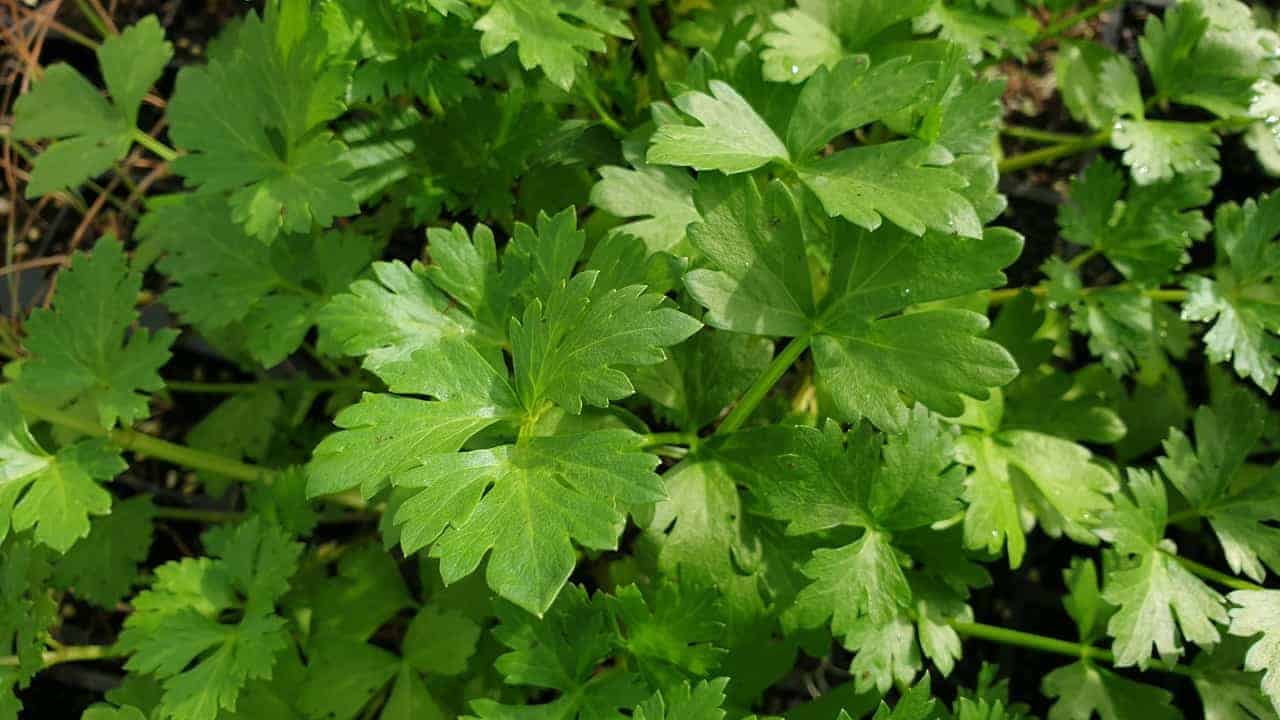Sea Celery
Apium annuum
Sea Celery is a coastal species that may be used as a flavoursome herb or vegetable. Resembling young celery shoots in appearance and texture, this bush tucker is an interesting native substitute for European celery. Sea Celery can be found growing wild on sandy beaches and salt marshes in Victoria, SA and WA.
This plant adds salty notes to any dish, carrying hints of ‘ocean’ in its unique flavour. Use it as a garnish, finely chopped or in sprigs, to flavour soups, salads, and chicken and seafood dishes. Stems may be enjoyed fresh, or blanched to temper the strong flavours.
Harvest Sea Celery the same way you would harvest celery — pick stems often from the main plant throughout the growing season, or pull it out altogether by the root.
This drought-tolerant, frost-tolerant plant loves the sun, but, like other herbs, can still thrive in dappled shade. Choose a soil or potting mix that drains easily, and water well throughout the year. Like European celery, the leaves start out light green and darken as they mature, stemming outward from central rosette.
Sea Celery grows between 30cm and 50cm high, spreading out up to 50cm in diameter. Perfect for pots, veggie patches and garden beds, as well as an attractive edible gap filler.
Should I fertilise Sea Celery plants?
Yes! Keeping your Sea Celery well-watered and regularly fed with yield a plentiful supply all year round. Use an organic herb & veggie fertiliser, cured bokashi compost, or worm castings, applied liberally every 3 months.
Why are my Sea Celery leaves turning yellow?
At worst, yellowing leaves may be a sign of fungus, blight or spider mites. But don’t panic yet. If you haven’t noticed any black or white fuzz on your plant, this may just be a case of waterlogged roots. Ensure your soil is draining freely after each watering, and if growing Sea Celery indoors, empty out the water catchment tray more often.
What are these white strands between my Sea Celery leaves?
If these strands are accompanied by tiny dots scattered around your plant, your Sea Celery is probably under attack from spider mites. Spray your plant with neem oil or low toxic soap spray as per instructions on the bottle.

Suitable for full-sun

Suitable for part-shade

Suitable for pots

Dimensions:
Height 30-50cm
Width 30-50cm

Tolerates drought

Tolerates sandy soils

Tolerates salt

Attracts bees & insects

Suitable for gaps

